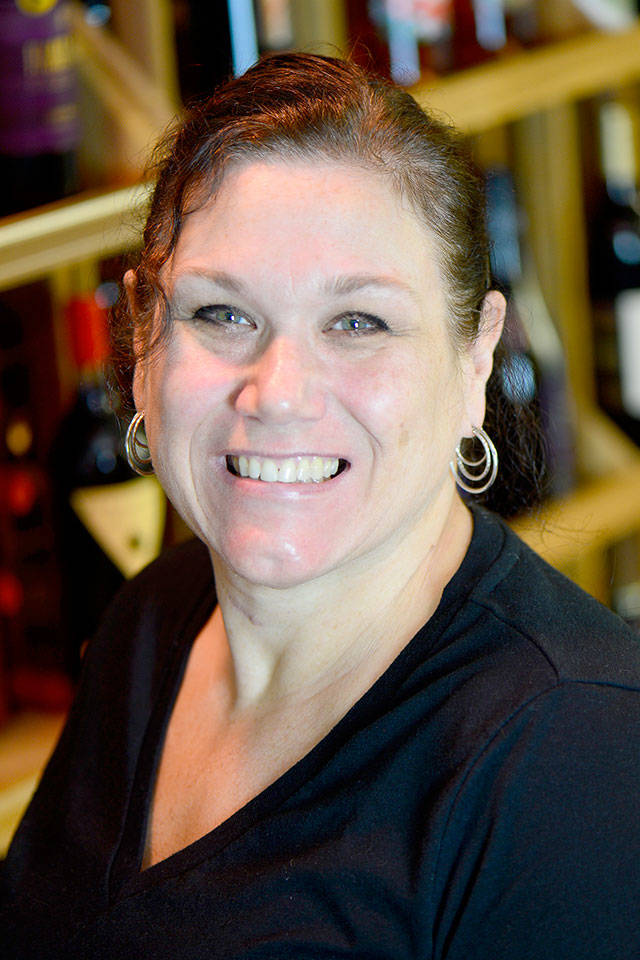Last month, I wrote briefly about the history of the wine industry in Washington State. I wanted to follow that up with some insight into the economic impact the industry has on the state and some of the growth we can continue to expect, both statewide and locally in the Snoqualmie Valley.
If that sounds drier than your favorite Riesling, don’t worry, I’ll also be unveiling a source of some yummy wines.
Like most industries, the Washington State wine industry has its challenges. The climate, water availability, sales fluctuations and land development are all constant factors that affect the industry.
Despite the challenges, the industry has had a rapid and steady climb upwards. According to Wines Vines Analytics, Washington State ranks second in the nation in annual case production to California, with New York third and Oregon fourth.
Growth in production has been accompanied with a growth in sales. Ste. Michelle Wine Estates is the dominant leader in the state, due to the number of wineries they own and their out-of-state sales. According to Wine News Service, Chateau Ste. Michelle produced approximately 3,252,600 cases of wine in 2015. The top five out-of-state sellers in 2013 were:
1. Ste. Michelle Wine Estates $533.9 million
2. Novelty Hill $31 million
3. Charles Smith $24.8 million
4. Hogue Cellars $18.4 million
5. Karma Vineyards $15.8 million
Washington grape growth has also greatly contributed to the economic development of this industry.
To date, we have over 350 wine growers and over 900 wineries. Washington boasts over 60,000 acres of planted vines throughout the state.
According to the Washington State Wine Commission, 270,000 tons of wine grapes were produced in 2016. The amount of grape growth is expected to increase annually by 5 to 10 percent over the next decade. At this pace, total grape output could double during that same span.
Total sales for the industry stood at $4.8 billion in 2015 and generated $61.9 million in tax revenue for the state.
The wine industry has also created a wide-range of employment opportunities, from agriculture to sales, throughout the state.
Beyond the public faces of the winemakers and tasting room staff, there are many who work behind the scenes to make this industry work: operations, infrastructure, technology, marketing, production, transportation, tourism and other segments all see jobs created by the wine industry.
Geographically, the industry spans the state from the coast to the Puget Sound all the way across to the Idaho border. There are 14 American Viticultural Areas or Appellations, AVAs, designated throughout the state where wine grapes are grown. There are wineries located within each of these AVAs and wineries elsewhere that source grapes from them making this a truly statewide industry.
Where is biggest opportunity for growth? It comes from more Washingtonians discovering and embracing some of the best, most innovative wines in the world and supporting this important industry.
Currently, only one bottle out of every four sold at retail in Washington was produced in the state. This is in stark contrast to other top wine-producing areas where 70 percent or more of the market is held by the local product.
I encourage you to seek out what this state has to offer and support the brilliant, innovative winemakers and hard-working people that have emerged as part of this important state industry.
As for the Snoqualmie Valley, I’m pleased to announce a new addition to the lineup of Valley wineries which I saw make its debut at Taste Washington. The Mount Si Winery has emerged with a beautiful assortment of reds and a lot of passion.
Cheers!!
Kimberlea Miller is a wine blogger and co-owner of Wildflower Wine Shop in North Bend.


